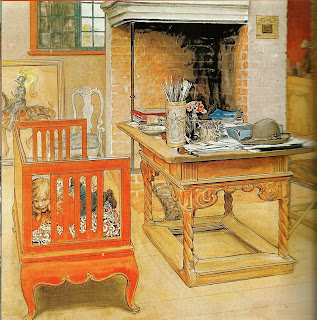On New Year's Day, 2010, my Uncle Mel went into the hospital to get new knees for his 86th birthday. Instead, they gave him a staph infection, and he took up residence there for over a month. Uncle Mel has very poor eyesight, but he can see stories inside his head. He entertained the doctors and nurses with tales he spun from experiences he'd had with people he'd known (who were
real characters!)
On March 5, 2010 he called me from Nevada. "Marty Ann," he said, "I've got a story in my mind. Do you think you could turn it into a book?"
Five days later I received a digital recorder with his ideas locked inside. It took a few days to get it transcribed into fourteen pages of text, and on March 15th I read
Son of a Gun for the first time. A western, complete with gunfights, saloons, love scenes and fallen women, it was set in Texas a few years after the Civil War. Uncle Mel came up with the main characters: Jack, Indian Joe, Ruby, Sam, Leo, JJ, MJ and Big Red. The plot was roughly outlined with details that didn't hang together, and there was no ending. It was like having a list of random spelling words with the assignment of fitting them all into a story. I didn't know where to start.
I'd done a lot of historical writing but not historical fiction. My challenge was to get familiar with a new computer program to help me organize, study up on the American West and find out what Texas looks, feels and smells like. The children's section of the library is a great starting place to learn geography and history quickly. I read every book they had on Texas. Then I checked out books on horses, saloons,
soiled doves, and guns. Real life research was going on, too: my son-in-law took me shooting, I explored a pioneer village, and a local smoke-shop owner taught me how to roll a cigarette!
Uncle Mel and I talked almost every day, and we thickened the plot. I began to picture the setting; his characters came alive and introduced me to new characters. As I wrote their dialogue, they told me in their own words what happened and how—writing a novel is an incredible experience!
Six months to the day, September 15, 2010, I sent Uncle Mel his manuscript. That night I emailed a pdf to Tate Publishing on a whim. Within a week I got a thumbs up from both of them!
Writing a novel is only half the job of publishing a novel. These are some of the post-writing steps:
- Copyediting
- Conceptual Editing
- First Edit
- Proof
- Final Draft
- Cover Design
- Final Proof
- Marketing
There are other little chores, like
acknowledgments, bio, dedication, back cover matter, design, layout, color choices, etc. Luckily, all the folks at Tate Publishing know what they're doing and moved me from department to department without a hitch. I've now worked with several people and they've all been encouraging and supportive. It's been more work than I expected, but more fun than I expected, too.
The book releases to bookstores on Oct 28, 2011, but it's being pre-sold by the publisher at the same price. It's also available as an
e-book!
Now comes the scariest part—someone will read it!
 A fictional Marty Ann Halverson writing fiction.
A fictional Marty Ann Halverson writing fiction.“For those who can do it and who keep their nerve,
writing for a living still beats most real, grown-up jobs hands down.”
—Terence Blacker
 The grands sift through my odds and ends.
The grands sift through my odds and ends.
 Amy discovers a gift she gave me.
Amy discovers a gift she gave me.
 My long-lost fondue pot!
My long-lost fondue pot!




























